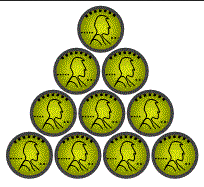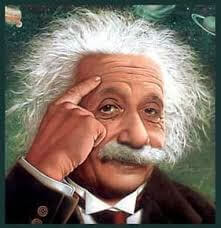#431 - Good Critical Thinking Question
There are a certain number of blue balls and a certain number of red balls in an urn. You pick up two balls from the urn randomly. If you find that they are opposite in colors, you throw them and put a red ball in the urn. If they are of same colors, you throw them and put a blue ball in the urn.
Thus you are reducing the number of balls in the urn one at a time no matter what the case is. After going through it again and again. Only one ball will be remaining in the end. If you are told the respective number of blue and red balls at the outset, will you be able to predict the color of the final ball ?

Whenever you are drawing the balls, the number of red balls can decrease by either 2 or not decrease at all. However, in the case of blue balls, at each drawing, they can either go down by 1 or increase by 1.
Therefore, if the outset is assumed to begin with at least one ball in the urn to begin with and the number of red balls are 0 or even in number, all the red balls will finish and a blue ball will remain at the end. In the other case, one red ball will remain.











